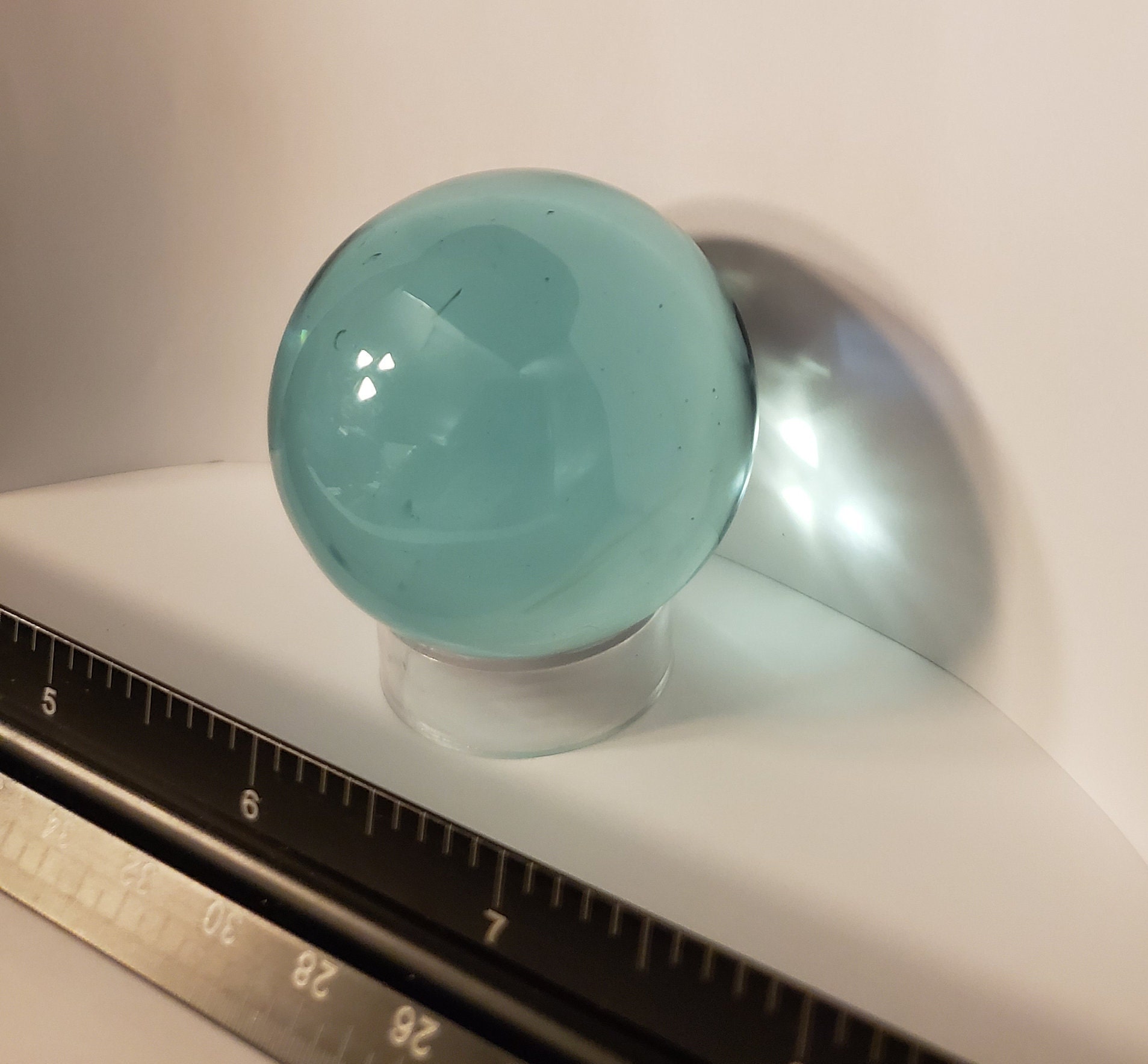
Search, like the thespians, rush madly from costume to costume in order to play the different parts. Think of search like an actor in Joe Sears’ s, Jaston Williams’, and Ed Howard’s Greater Tuna, a comedy about small town life. As the Internet shifts from novelty to an extension of communication, the role of search shifts from finding to a far more significant function. The messaging ions and electrons can be particularly energetic.
#BEYOND BLUE SPHERES ARCHIVE#
Writing is bad but the Skype or other Voice over Internet Protocol systems raise an interesting question when used behind a firewall namely, “Should a pharmaceutical company or stock brokerage capture, make searchable, and archive these conversations?” If these are used behind an organization’s firewall, should these be captured, indexed, and archived? The conversational features built into Gmail and Facebook are particularly interesting. Twitter is less of an instant message and more of a short Web log posting. There’s a whole new world of information rising. A comment about a new product or a remark about a particular company’s quarterly earning–these can get you face time with the clever MBA, Jeffrey Skillings. Your legal counsel’s fear is that a raft of IMs or instant messages turn up with information that is potentially damaging. Talk about a nightmare in a regulated business. Key word search for email is almost useless. Accessing email from a mobile device is problematic even with a “crackberry” or other smartphone. There are versions of email there are attachments there are emails that miss bits and pieces. The more employees you have in an organization the greater the email problem. I routinely archive the email, make copies of the archive, and then I spend hours rooting through these archives trying to find an attachment. You will have to click on the dots in the graphic above to read the labels on these spheres. Inside the “gray boundary”, then, are the digital ions and electrons that have made search into a pivotal function. In an organization, the unlucky search system administrator gets fired. Ignore the problem long enough, and the situation goes critical. Our colleagues emit “I can’t locate the document” or “This search system sucks”.Īs pressure rises in an organization, the demand for a system to go beyond search increases. In an organization, instead of sparks, we have grousing employees. In the case of our friendly tokamak, we get physical phenomena. The notion of tokamaks and plasma is that when forces that are used to push certain things–ions, electrons, and employees–together, energy is released. This must be a record for a Web log that contains Greek, Latin, and references to William Cullen Bryant.) (I’m getting almost a 1,000 blog spams every 24 hours.

You are, of course, welcome to push back, grouse, or post Nigerian email scam letters. In the “green sphere” segment I will offer some observations. In order to break up this argument into manageable chunks, I will discuss the “blue spheres” in this Web log installment and then tackle the “red spheres” and the “green spheres”.

Let’s take a brief look at these 12 digital ions and electrons. If you want reliable key word search, use Lucene, Flax, or one of the other open source systems. In effect, key word search is a commodity, and it is of little interest to me. Please, keep in mind that key word search and retrieval is one component of other enabling technologies. In this essay, I am looking at the specific technologies and functions that define behind-the-firewall search at this time. The three new sets of spheres in blue, red, and green are what’s inside the “gray bar” in this diagram. If you read my earlier post about the “gray bar”, you know that the “yellow spheres” and the “purple spheres” exert pressure on an organization’s information environment. If you want to recycle the diagram, please coordinate with me. Instead of ions and electrons, I am bombarded by the information particles shown in the diagram below: So what does nuclear physics have to do with behind-the-firewall search? Actually, quite a log if you have a poetic side to your curious self. Here’s one example on a slightly larger scale than your local university’s physics lab.ħ7E722FA-4A00-476D-9D4A-3F86C9BDA2B3/0/chp_sun_plasma.jpg Zap this puppy, you get interesting phenomena.

(A plasma is, for those who cut physics class to enjoy a spring day, an ionized gas containing an approximately equal number of positive ions and electrons. I’ve also enjoyed the tokamak, a machine that produces a toroidal magnetic field for confining a plasma.


 0 kommentar(er)
0 kommentar(er)
